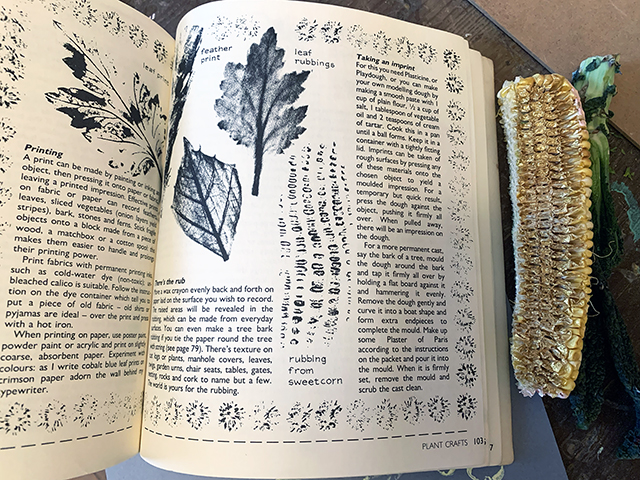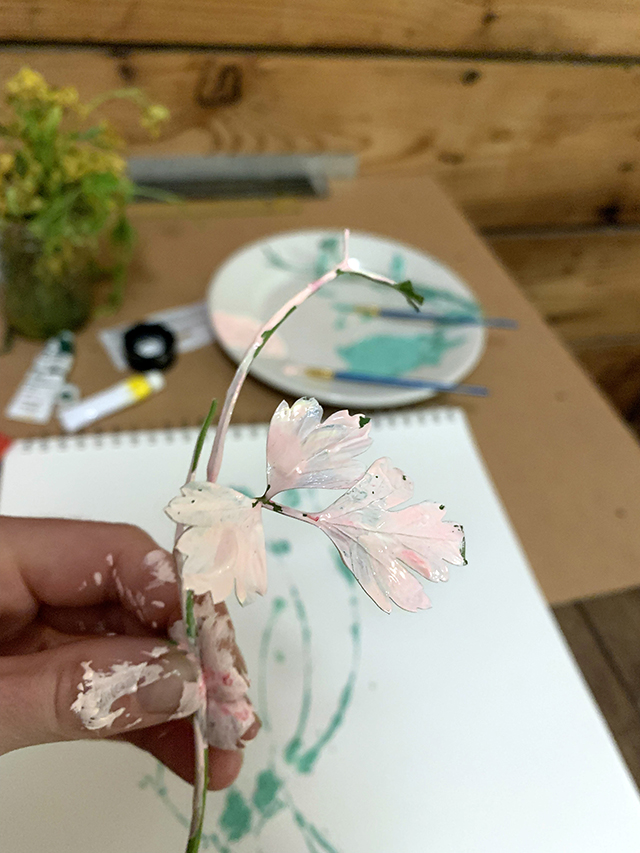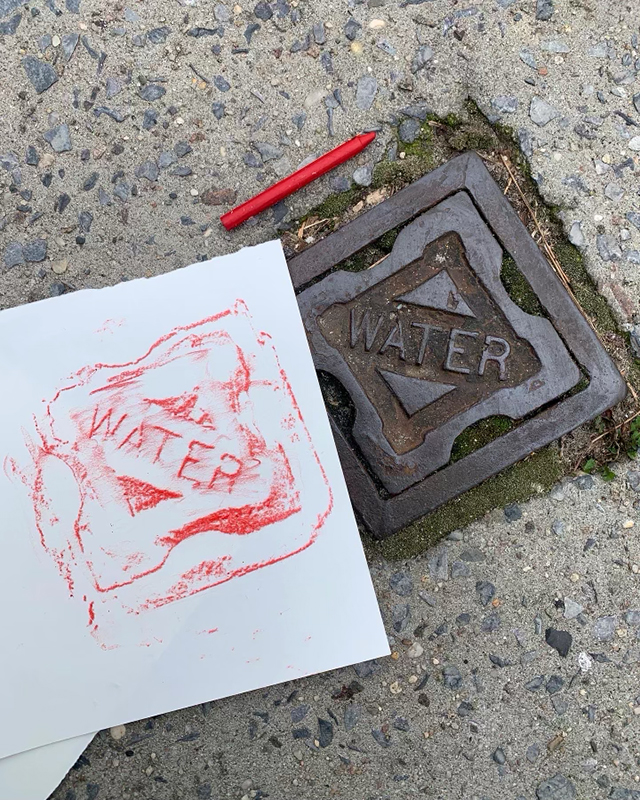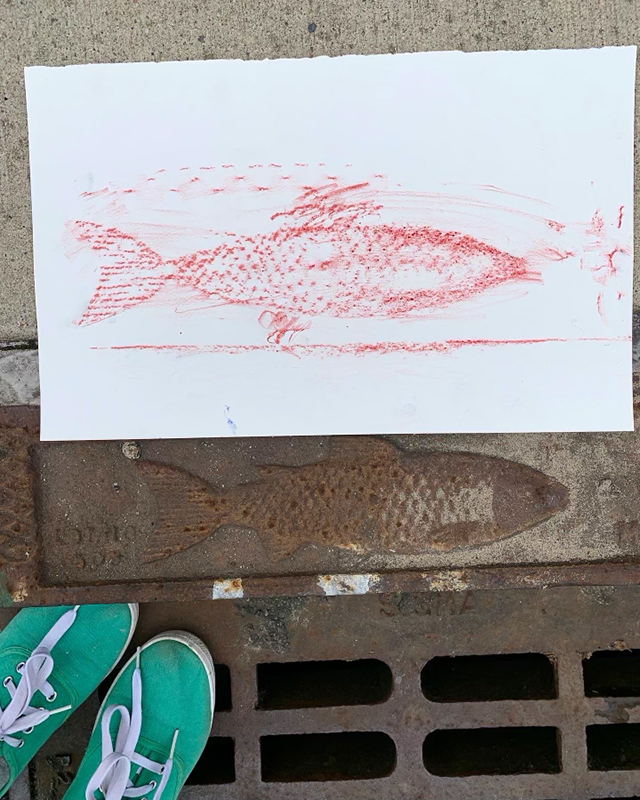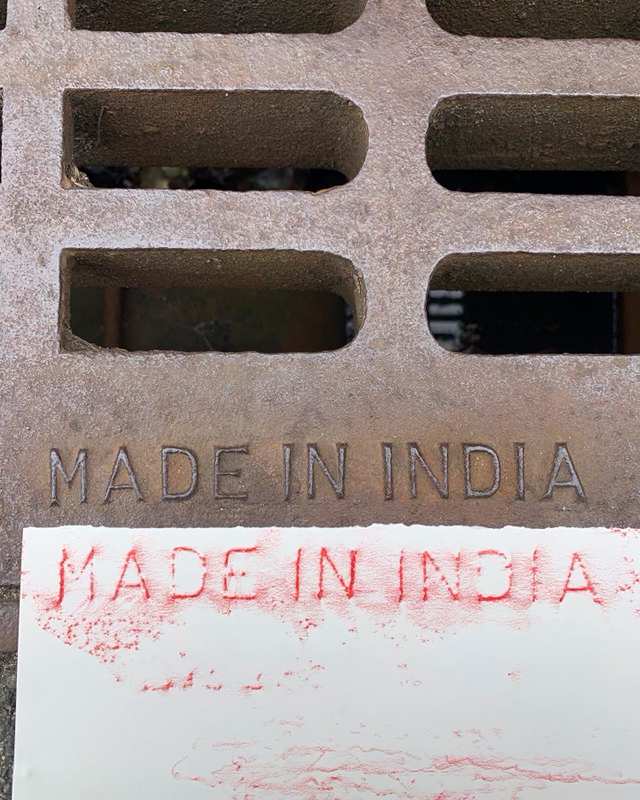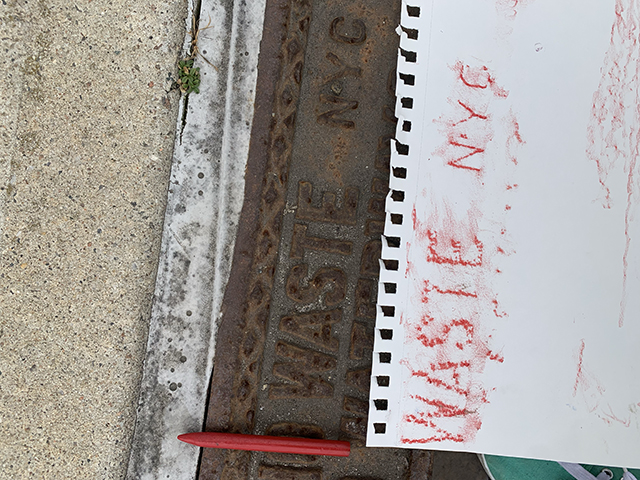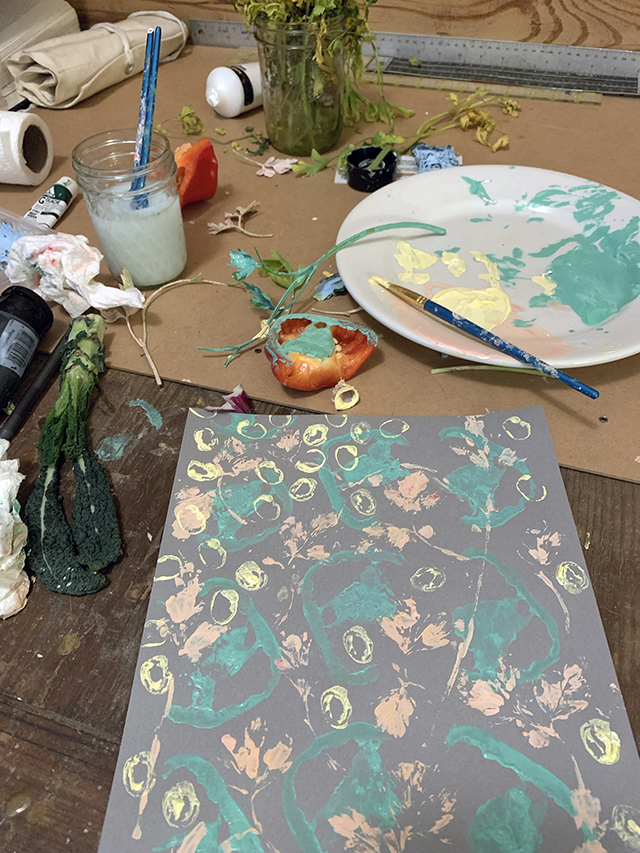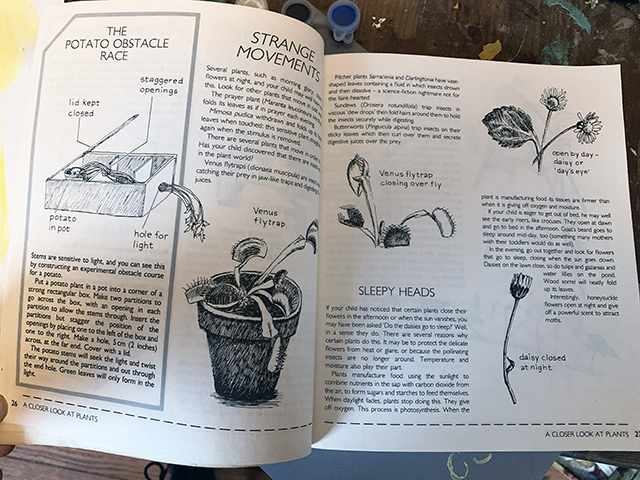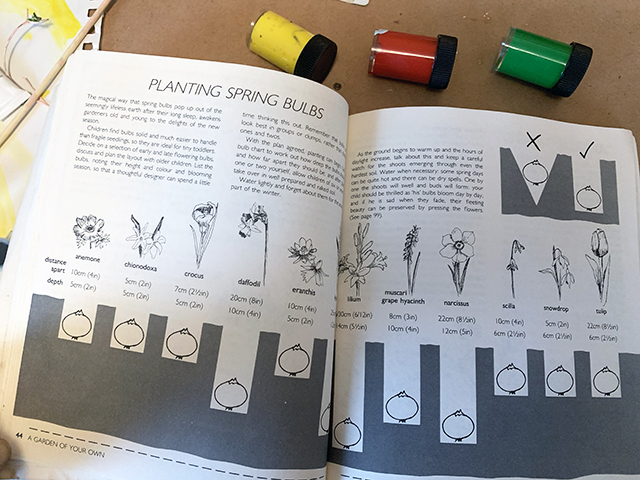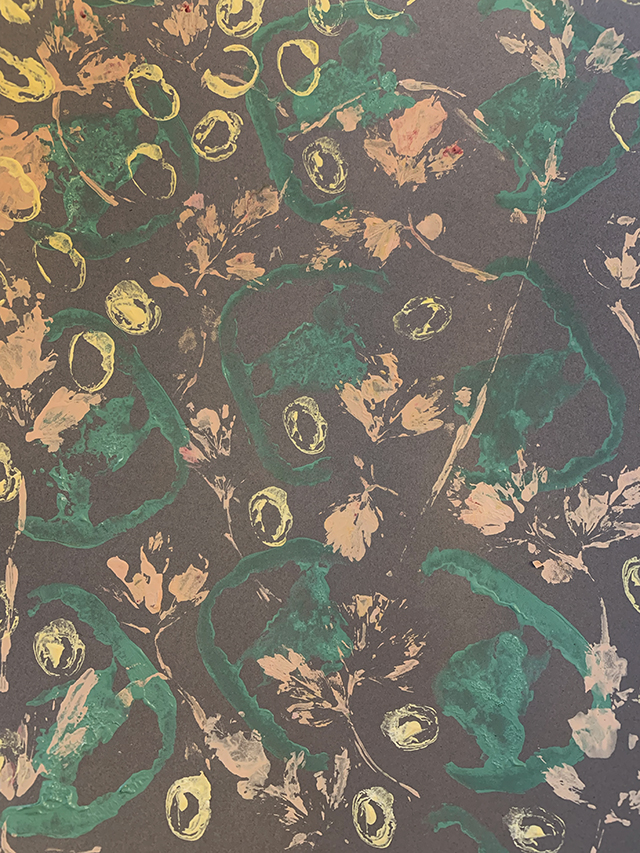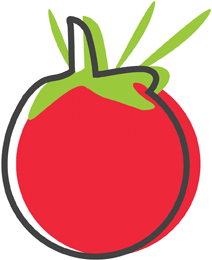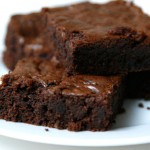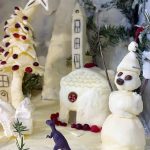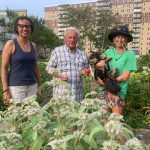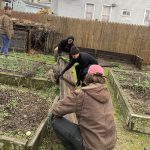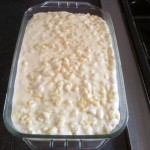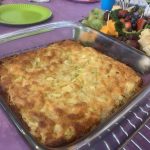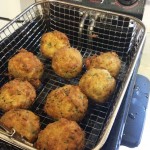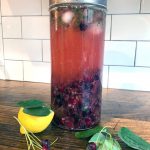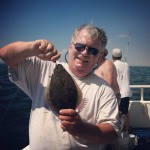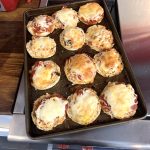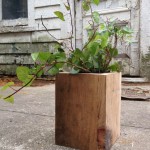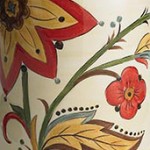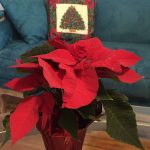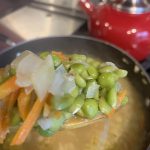New Art With Old Food
Three circumstances came together that inspired this column. I attended a baby birthday party over the weekend. I found an old “kids” book on the shelf. And the guest room switch-over to my art studio/office is complete.
Levi and Noah, my BFF’s kids turned 2 this weekend! The party was held the Rockaway Beach Brewery. I’m sitting at a table eating a delicious vanilla frosted cupcake, with my dinosaur party hat on, observing the little rugrats. I noticed their energetic movements, their curiosity and creative play. It was a breath of joy to share in their weird little world.
The next day, I was looking for a cookbook recipe to share with you. Instead, a flimsy, old book caught my attention. It’s called, Naturewatch, Exploring Nature With Your Children, by Adrienne Katz. I have know clue where this book came from but I’m glad it found me. The book’s chapters include: garden awareness, plants, garden visitors, crafts and magic plants. The ideas set in the book rest on familiar sights in urban environments – the obvious that without observation are most often overlooked.
The beauty of the black and white illustrations drew me in. Each section includes projects for the kids (and you). Some include: grow food from kitchen scraps, experimental potato obstacle course, peanut butter bird feeders, pressed flower pictures, natural dying, artwork from printing, seed necklace-making, catnip toys, bruise balm and more.
“There’s a way in which we can make visual recordings of tactile surfaces. A translation to picture from what we experience through our senses of touch. This actively leads to the discovery of many strange surfaces. It may be dishcloth or wrought iron gates passed every day, but recording in this way is like seeing it for the first time.”
Inspired by the book, I decided the first project in my new art studio would be prints from food. I used – ready for composting- items found in my fridge. Here’s a guide for printmaking, rubs and imprints:
Printing: A print can be made by painting or inking an object, then pressing it onto paper or fabric leaving an impression. Consider: sliced vegetables like onion layers, pepper, mushroom, cauliflower, parsley or textured greens. Before printing, make sure the veggies are somewhat dried out. Also try natural things outside your home like bark, leaves and sticks.
Transfers : Move a wax crayon or oil pastels back and forth on paper, laid on the source you wish to record. The raised areas will be revealed in the rubbing. Bring your crayons around town and record surfaces in the neighborhood! Some suggestions: a tree, a manhole cover, twigs, gates, brick.
Imprints: Using plasticine, playdough or clay take impressions of rough surfaces by pressing on the chosen objects. Remove the clay gently. You can then use Plaster of Paris (according to the instructions) to make your imprints permanent. Try pebbles/rocks, shells or snail shells for this technique.
I found the printing process simple, rewarding, and sensory. I learned to adjust the pressure of my pressing (onto the paper) to get different effects and patterns, all from the same piece of food. And the textures are endless!. Some foods I thought would work well, for example corn, didn’t look great. Others, like an oddly cut pepper, worked very well. I discovered using colored paper had a nicer feeling than white paper. Fully engage. Get your hands messy. Don’t overthink it. Enjoy!
Naturewatch was published in 1986, but guess what… you can still purchase it on Amazon.
